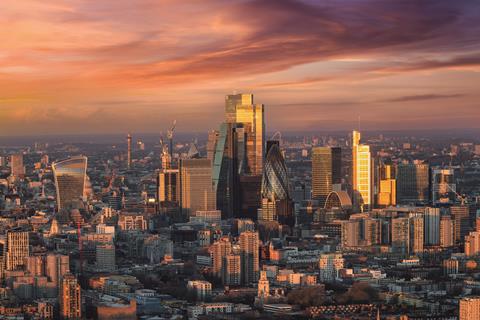- 好色先生TV

All the latest updates on building safety reformRegulations latest
- Focus
- Comment
- Programmes
- CPD
- 好色先生TV the Future
- Data

2024 events calendar

好色先生TV Awards
Keep up to date
- 好色先生TV Boardroom
London towers 鈥� does it make more sense to build new or renew?

The twin currencies of carbon and cost have encouraged the adaptive reuse of towers, bringing the additional complexity of working within an existing building

01 / A new landscape
The real estate landscape has changed irrevocably over just the last five years. A potent mix of covid-19, climate change, geopolitical events, new regulations and product evolution has made markets more uncertain and unsettled demand. Add the increased cost of living and disruptions to the flow of goods and labour, and it is easy to understand why supply chains, which have contracted and consolidated, have become much more risk-averse.
This has limited the number of new鈥慴uild schemes coming to the market, at a time when demand remains relatively strong for good-quality space with amenities, flexibility and strong sustainability attributes.
Existing building stock returning to the market at the end of lease periods often does not satisfy these requirements, and it is estimated more than 90% of such buildings over the next three years will have an EPC lower than B. At the very least, they will require upgrades to comply with energy efficiency standards before being leased again.
Traditionally, the default position for this old stock would be for it to be demolished and replaced with a new building that meets current needs. However, an increased awareness of embodied carbon has prompted the serious consideration of adaptive reuse rather than redevelopment, encouraged by planning requirements.
Read more鈥�
This is PREMIUM content, available to subscribers only
You are not currently logged in. Subscribers may LOGIN here.
to access this story

A subscription will provide access to the latest industry news, expert analysis & comment from industry leaders, data and research - including our popular annual league tables. You will receive:
- Print/digital issues delivered to your door/inbox
- Unlimited access to building.co.uk including our archive
- Print/digital supplements
- 好色先生TVletters - unlimited access to the stories behind the headlines
now
Get access to premium content
















